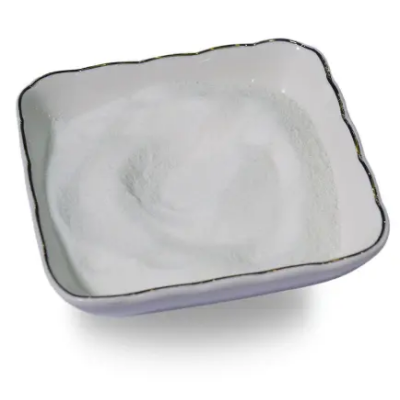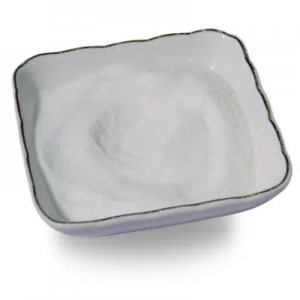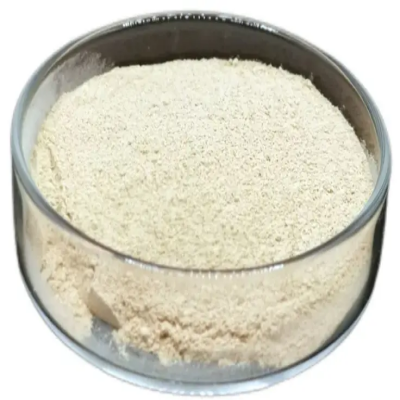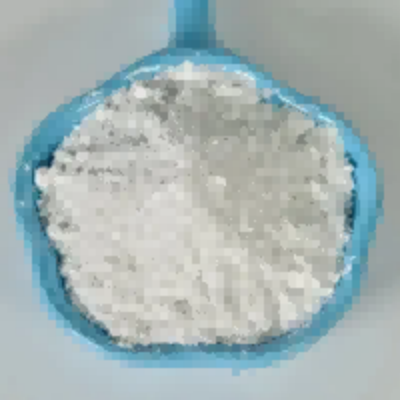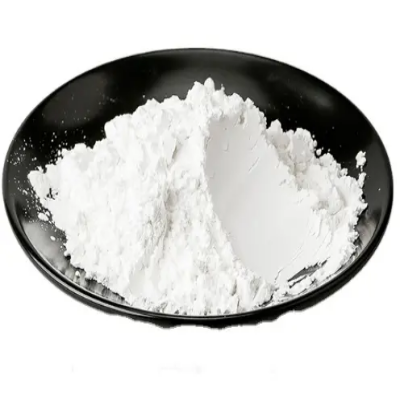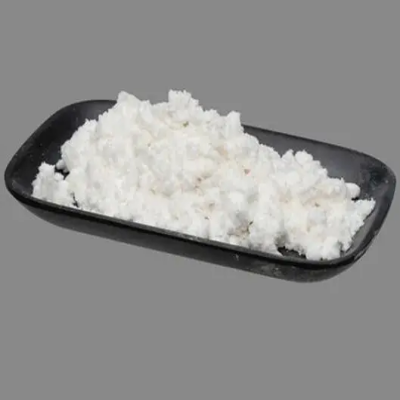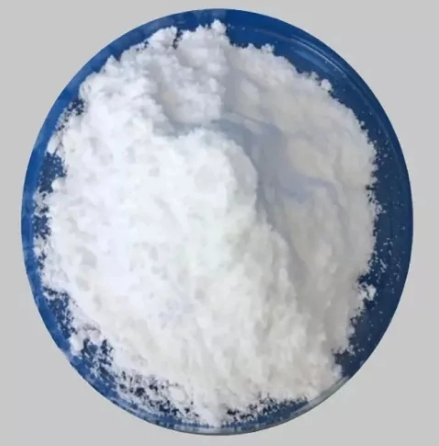N-Acetyl-L-alanine CAS:97-69-8
N-Acetyl-L-alanine finds diverse applications in biochemical research and pharmaceutical synthesis. As a chemical building block, it serves as a precursor for the modification of peptides and proteins, contributing to the advancement of drug discovery and biopharmaceutical development. Its selective reactivity with specific functional groups in biomolecules allows researchers to engineer custom peptide sequences, enabling the study of molecular interactions and the design of novel therapeutic agents. Furthermore, in pharmaceutical manufacturing, N-Acetyl-L-alanine may be utilized in the production of peptide-based drugs and bioconjugates. Its role in introducing N-acetyl-alanine moieties into peptides contributes to the creation of targeted therapies and drug delivery systems, showcasing its importance in the realm of advanced medical treatments and precision medicine. In addition, N-Acetyl-L-alanine serves as a critical component in biochemical assays and studies aimed at elucidating the structure-function relationships of peptides and proteins. Its use in modifying peptide sequences provides researchers with valuable tools for investigating biological processes and developing insights into potential targets for therapeutic interventions. When handling N-Acetyl-L-alanine, adherence to established laboratory safety protocols and handling guidelines is paramount to ensure proper usage and minimize risks associated with chemical reagents. Understanding the specific reactivity and applications of N-Acetyl-L-alanine within the context of biochemical research and pharmaceutical synthesis is essential for conducting successful experiments and achieving desired scientific and industrial outcomes.



| Composition | C5H9NO3 |
| Assay | 99% |
| Appearance | white powder |
| CAS No. | 97-69-8 |
| Packing | Small and bulk |
| Shelf Life | 2 years |
| Storage | Store in cool and dry area |
| Certification | ISO. |


